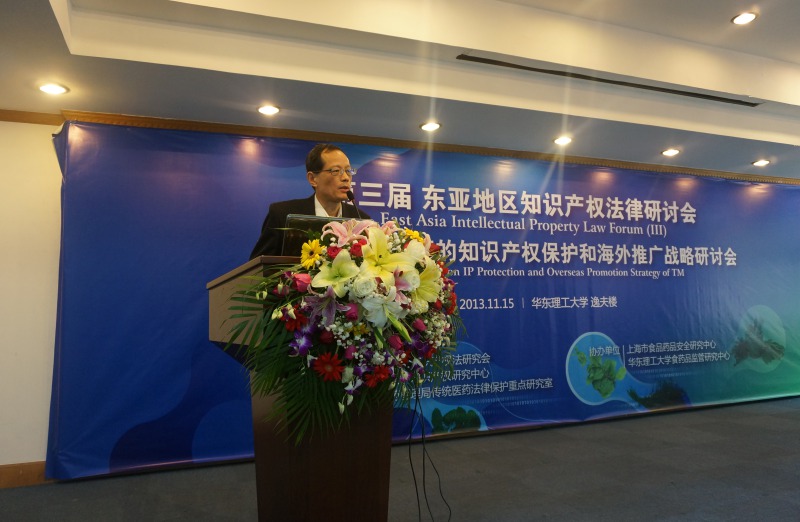Chinese researchers have "mapped" aging genes in the arteries of primates
Large scale electron microscope (sem) 3d reconstruction revealed that the aged vessels showed a series of aging characteristics, such as vascular wall thickening, calcification, fibrosis and vascular endothelial cell loss. There is no clear cellular and molecular signature of blood vessels in older humans, but there is a high degree of heterogeneity in blood vessel wall cells from different sources, meaning that blood vessel cell composition is different in the heart and fingers.
Aorta and coronary arteries is human atherosclerotic vulnerable parts, so the researchers used high precision single-cell transcriptome sequencing technology mapped the aorta and coronary artery endothelial cells and smooth muscle cells and fibroblasts cell types of the gene expression profiles, and identified eight kinds of distinguish between the aorta and coronary artery of new molecular markers.
Further analysis showed that the transcription factor FOXO3A (a protein product encoded by the longevity gene FOXO3A) is a key molecular node in the regulation of differential expression genes in aging blood vessels. FOXO3A is down-regulated in 6 kinds of aged vascular wall cells, which is an important feature of arterial vascular aging in primates.
We combined embryonic stem cell gene editing and directed differentiation techniques to obtain human vascular endothelial cells with a targeted knockout of the FOXO3A gene. Compared with wild-type cells, foxo3a-deficient endothelial cells showed reduced ability to proliferate, migrate, and form tubes, and were older.
Source: http://www.cas.cn/cm/202005/t20200507_4744811.shtml
Time: 2020.05.07
next:A genome-centric analysis of a new microbial lineage from the late cretaceous fossil of ceratosaurus in North America


